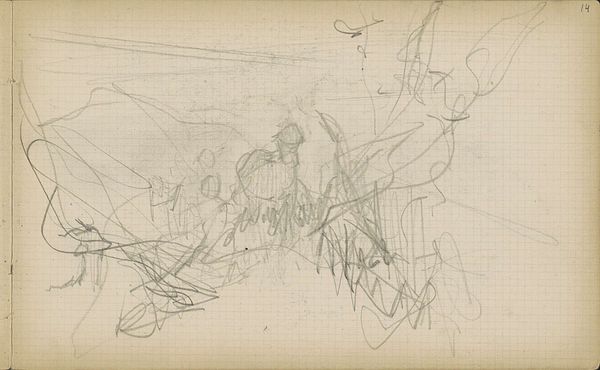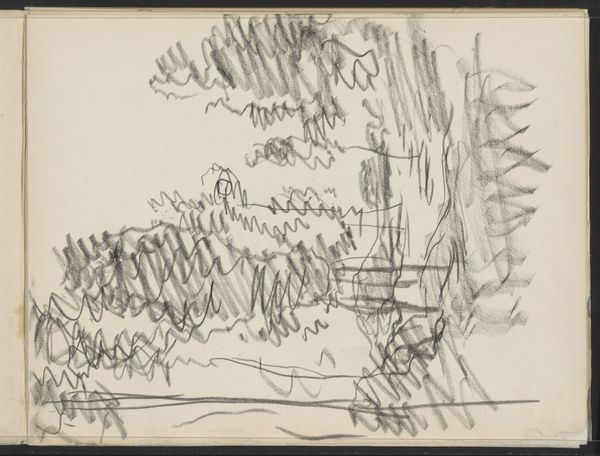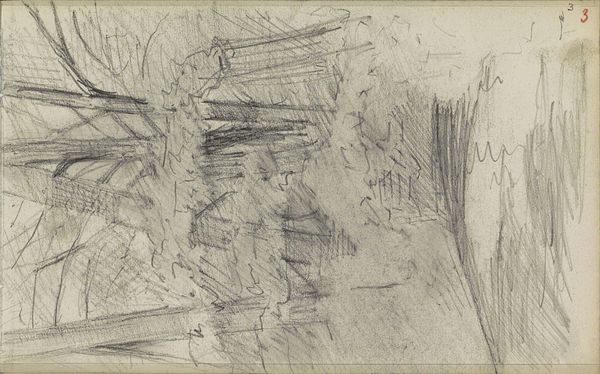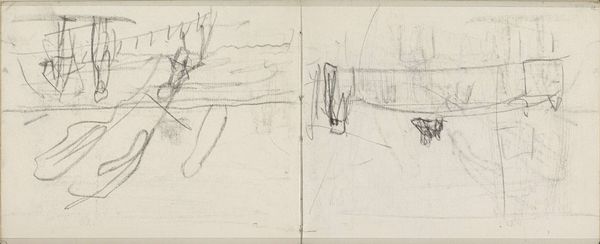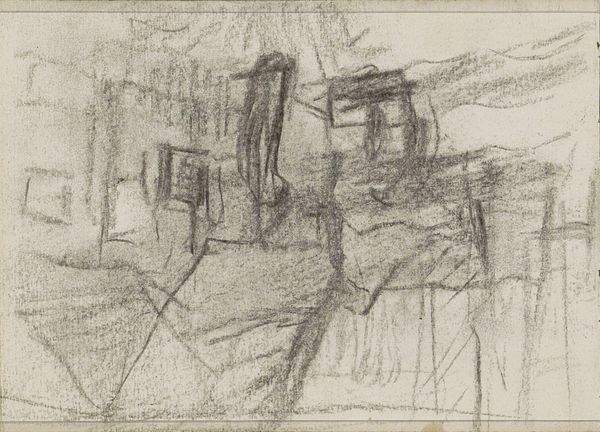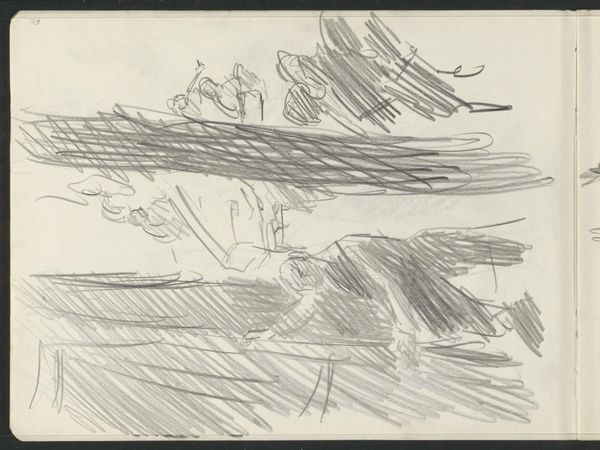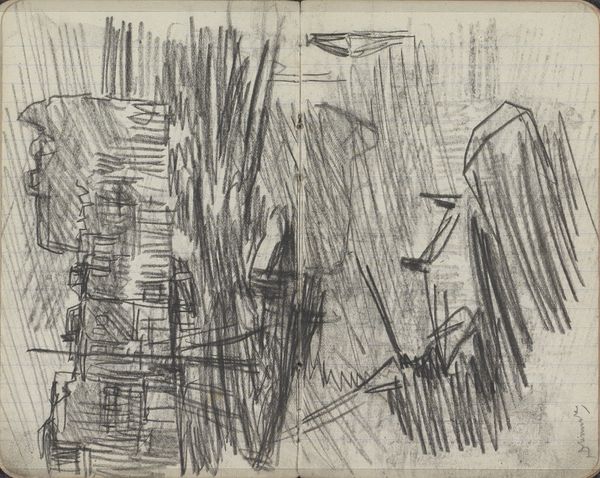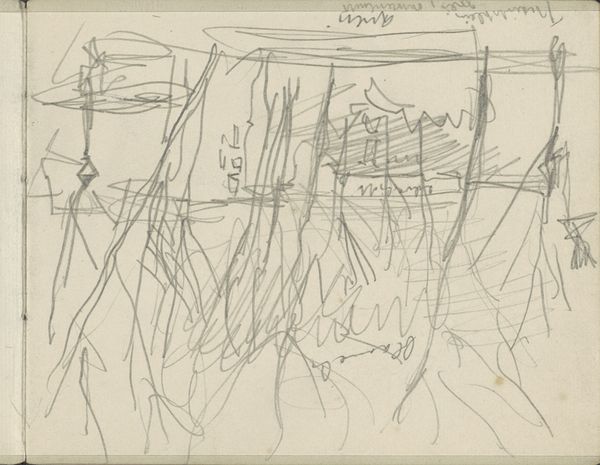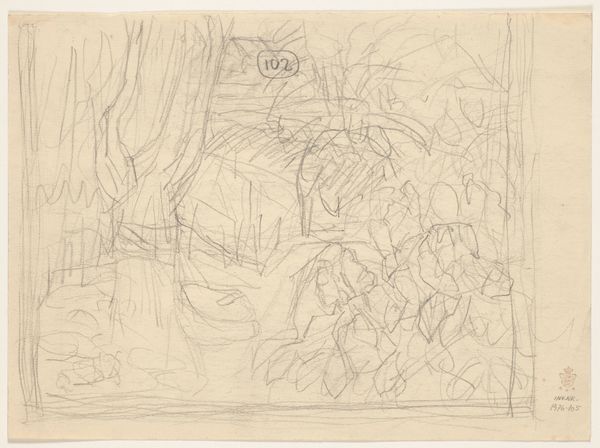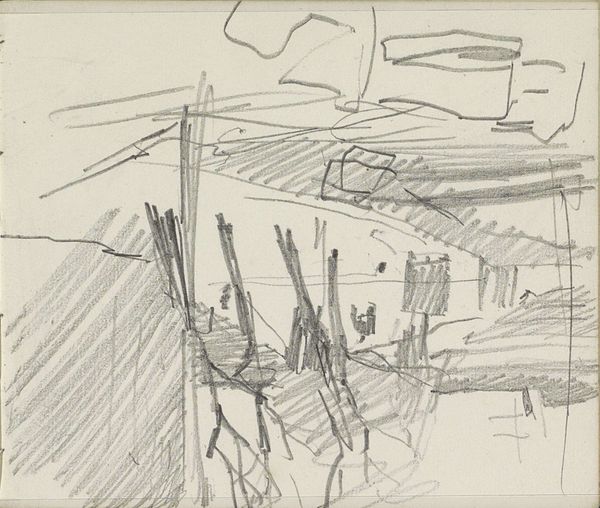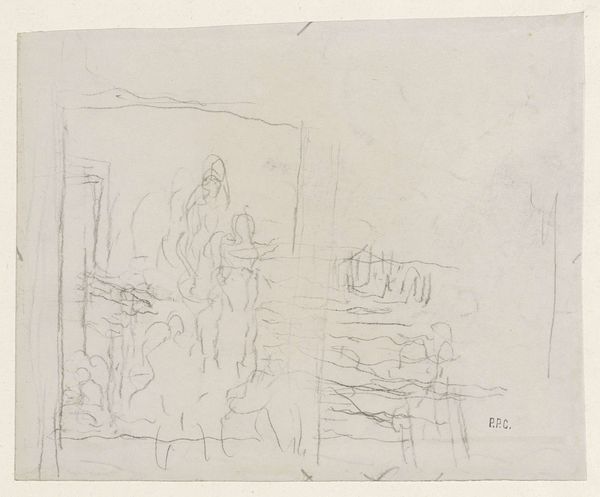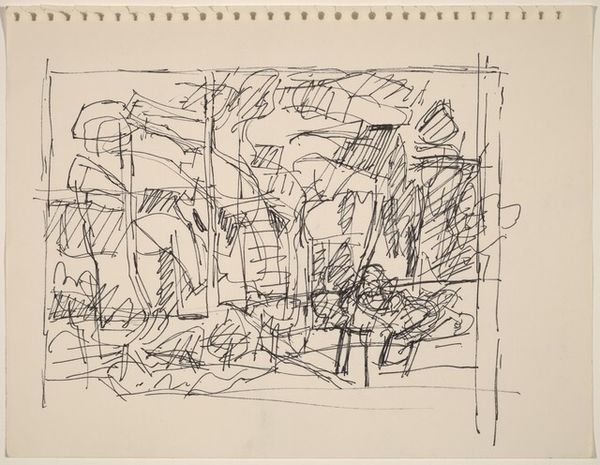
drawing, pencil
#
drawing
#
landscape
#
figuration
#
pencil
Dimensions: 232 mm (height) x 309 mm (width) (bladmaal)
Editor: We're looking at Fritz Syberg's "Landscape with a Rising Swan," created in 1928. It’s a pencil drawing, and its sparseness feels almost…unfinished, yet very evocative. What grabs you about it? Curator: What strikes me is Syberg's almost casual approach to materials. Pencil, paper—readily available, affordable. But consider the labor: a skilled hand translating observation into a fleeting moment. It elevates the everyday. A landscape made monumental through gesture. How does that tension between humble materials and skillful execution resonate with you? Editor: That makes me think about the intended audience. Was it for the artist’s own exploration, or was he making it for the market? Curator: A pertinent question. Given Syberg's broader body of work and his engagement with the Funen Painters, we see someone deeply embedded in a community of artists concerned with capturing rural life. The swan, the landscape - not just subjects, but signifiers of national identity being shaped in relation to industrial modernity. Consider where the drawing sits within that framework; what other "readymade" items did Funen artists leverage? Editor: That's fascinating! I was just seeing a sketch, but now I understand how the simple medium and rural subject matter reflect social values too. It brings so much more depth to what I initially perceived as just a quick study. Curator: Precisely. Seeing art through its materials illuminates how the work speaks to the culture it inhabits. It’s about looking beyond the image, at what’s *behind* the image: how and why it came to be.
Comments
No comments
Be the first to comment and join the conversation on the ultimate creative platform.
